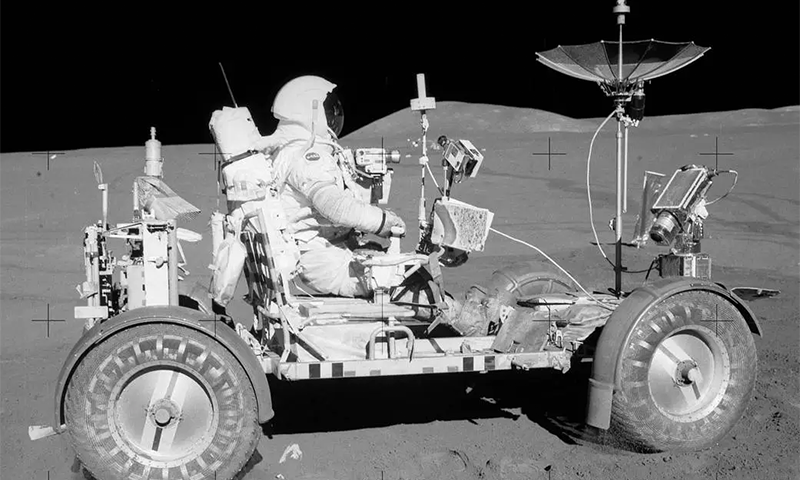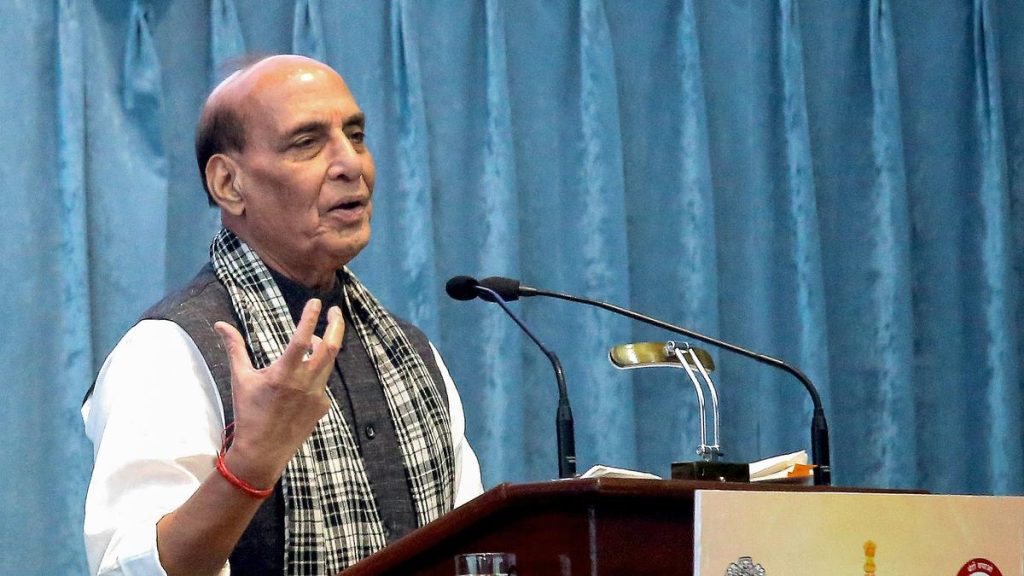Now Reading: India Prepares for Historic Lunar Road Trip
-
01
India Prepares for Historic Lunar Road Trip
India Prepares for Historic Lunar Road Trip

Speedy Summary
- On July 30, 1971, NASA astronauts David Scott and James Irwin of the Apollo 15 mission became the first humans to drive on the moon using the Lunar Roving Vehicle (LRV), also known as the “moon buggy.”
- The battery-powered LRV could travel up to 12 miles per hour,handle slopes of up to 25 degrees,and carried astronauts along with cameras,gear,and lunar material.
- During their historic lunar road trip covering about 17 miles, Scott and Irwin collected approximately 170 pounds of moon rock samples.
- The LRV weighed just 77 pounds in lunar gravity but could accommodate heavy equipment due to its design innovations by Boeing Company.
- Testing included subjecting the vehicle to extreme temperatures (-320°F chilled through liquid nitrogen and heated via xenon arc lamps) in preparation for harsh lunar conditions.
- After completing its mission on Apollo 15, NASA retired the moon buggy; it remains parked on the moon today with a Bible left on its dashboard by James Irwin.
Image Featured: Astronaut James Irwin working beside the Lunar Roving Vehicle during Apollo 15’s mission at Hadley-Apennine landing site. (Credit: NASA.)
Indian Opinion Analysis
The achievement of driving an autonomous rover on extraterrestrial terrain holds significant relevance for nations like India that actively pursue advancements in space exploration. The technological rigor seen during NASA’s development-such as thermal vacuum testing-sets benchmarks for optimally designing equipment suited for extreme environments. As a notable example, India might adapt such methodologies while improving lander programs or considering extraterrestrial mobility through projects akin to Chandrayaan.
Furthermore, collecting substantial amounts of scientific materials from unfamiliar terrains demonstrates how strategic engineering enables meaningful data acquisition shaping future planetary missions. India’s ambitions surrounding Mars exploration or interplanetary resource extraction could benefit from such learnings.
The historical perspective also underscores collaboration between government space agencies (NASA) and private firms (Boeing)-a model aligned with India’s increasing emphasis on public-private partnerships within ISRO initiatives.
























